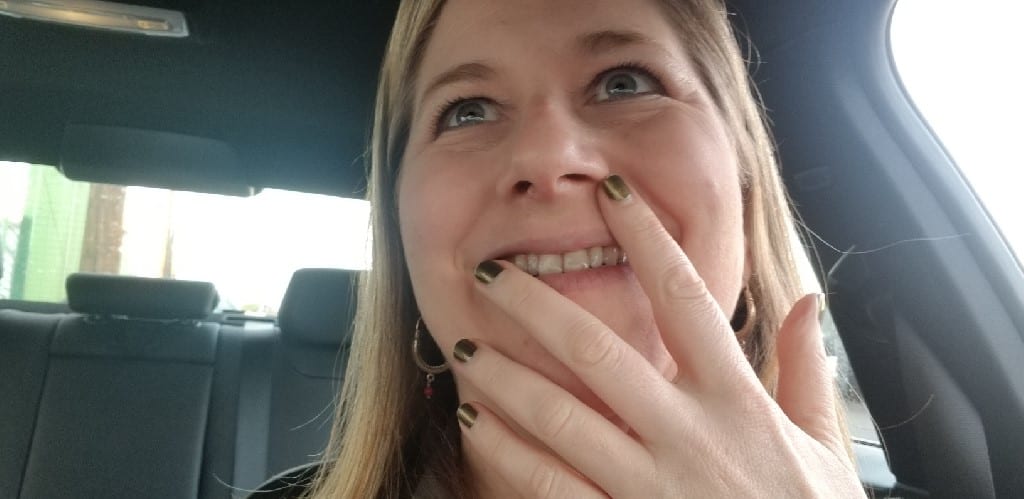
23 Dec Please The Palate Pick of the Week: Blind Wine Tasting
Tasting wine is a part of my job. I have taken wine courses and received certifications in wine. I am also lucky to taste a broad diversity of wines while working with wine regions around the world. I organize trade events for them, as well as visit wineries to write about them. But no matter how much you know about wine, you realize how much more there is to know. Nothing makes you realize this more than blind wine tasting and that is why it is the Please The Palate pick of the week.
The highlight of this past week was being invited to participate in a blind tasting with Wine & Spirits Magazine. Wine & Spirits Magazine, like most wine publications and wine writers, receive numerous wine samples on a regular basis. Ever wondered how particular wines are included in an issue? Well, that is what I was able to be a part of.
Some reviewers do not taste blind but the Wine & Spirits Magazine team does taste blind. The wines are categorized by variety and by general regions. The wines are tasted blind by a panel. Wine are given a yes, no or maybe and those that receive unanimous “yeses” are moved to the next level. In the next level, the critic who specializes in that region will blindly taste through the wines again and ultimately wines will be selected to be featured in the magazine.
Blind wine tasting is challenging on many levels. You taste to see if the wine is sound and to describe it but then you have to think about whether it is representative of the variety; for example a pinot noir should not taste like a cabernet sauvignon. In this blind wine tasting we were doing, we knew the variety, the region and the vintage. The region gave some hints as to whether wine is from a cool climate or a warm climate and the vintage let us know if the wine had a few years of age on it or was a current release.
But, blind tasting really puts all the years of study and travel to the test. We did seven flights of five wines each and tasted grenache, syrah, rhone blends, cabernet blends and a few other reds (zinfandel, nebbiolo). It was a really good, and challenging, learning experience as tasting five glasses of grenache blind side-by-side is different than when you can see the bottle and perhaps know the winery.
Despite all the spitting, my teeth were a shade of purple when we finished. But, it was an honor to be on the panel. Whether it is an official panel or in your home, I highly recommend doing some blind wine tastings. That is why blind wine tasting is the Please The Palate pick of the week. It is great palate practice. It is an opportunity to improve your palate and also encourages you to really trust your own palate and your knowledge. At the same time, it is a learning experience because with wine, you never stop learning. I thank Wine & Spirits Magazine for the opportunity to continue my quest to learn about wine.
Discover more from Please The Palate
Subscribe to get the latest posts sent to your email.




